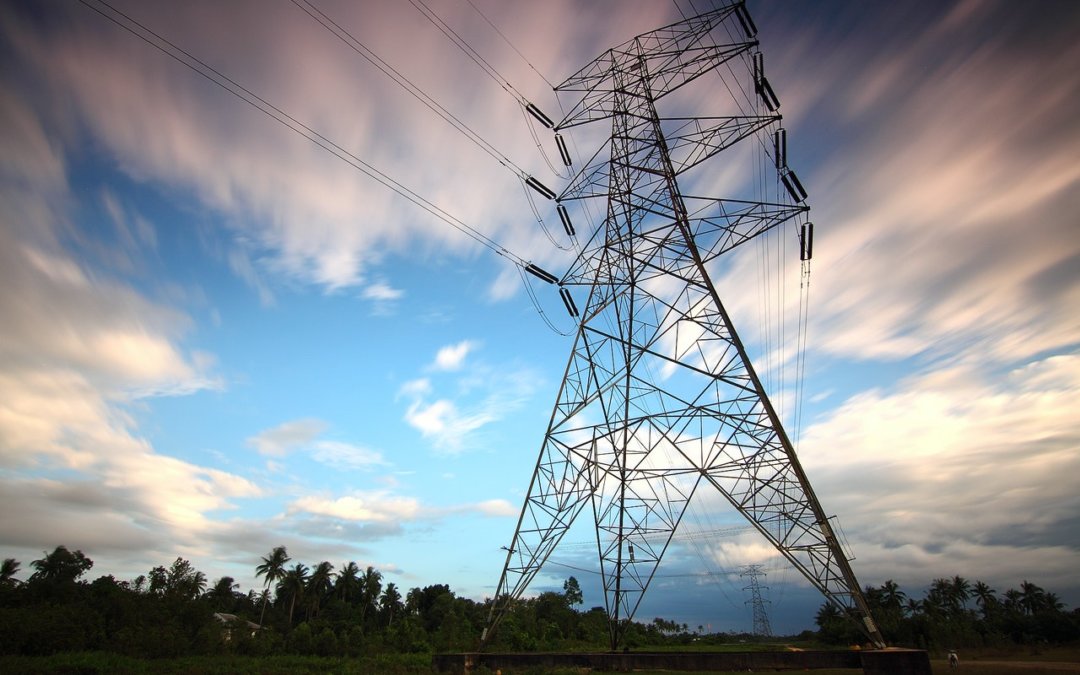As the citizenry of modern industrial nations is made more aware of the limits of fossil fuel along with the other arguments of conservation groups, new demands will be made upon energy companies. These demands will move industries to make changes. For instance, they may acquire different names, and then they may offer new and peripheral services, expanding in the effort to control an energy chain from beginning to end. Also, they may take advantage of opportunities to leverage the existing infrastructure in a manner that can more easily be exploited and profit them.
Nowadays, because of the new demands, some traditional gas and oil companies have begun diversification. In Europe, for instance, many fossil fuel companies have invested in wind farms. In the United States, Shell Oil Company, a company long recognized as being focused upon gas and oil extraction, refining and trading, now is invested in retailing more than domestic energy as it offers smart home technology, boiler service and broadband. Similarly, in the telecommunications area, Virgin Group Ltd. is considering the use of their cabling infrastructure to carry charges to vehicles powered by electricity.
Predictions are that fossil fuels have no future. In the annual publication of World Energy Outlook, the International Energy Agency contends that trends for clean energy are on the uptick with increases in solar installations, offshore wind farms and battery-operated automobiles. Nevertheless, these advances do not solve every problem associated with energy. For one thing, the energy policies that many countries have may yet cause emissions of global greenhouse gases for two decades. For, clean energy policies are not being put in place ahead of global energy demands. Therefore, the current energy policies of densely populated countries such as India and China could still cause gas emissions from fossil fuels and natural gas to continue for a couple of decades.
The International Energy Agency‘s figures suggest that by 2023 renewable energy as a percentage of fuels overall will reach double figures; furthermore, the market for this renewable energy will increase worldwide. Nevertheless, oil and gas will continue supplying about 50 percent of the demand for energy as renewables continue to grow. Around 2030, there should be a decline in demand for fossil fuels as renewables grow.

